Use a battery charger like 'the beard that he has on her chin'
Each device like smartphone, tablet, laptop has a separate battery charger. But do you need all these chargers? Can you use a charger for multiple devices? Is this dangerous to make 'that beard that plugs her chin'? This article will solve these problems for you.
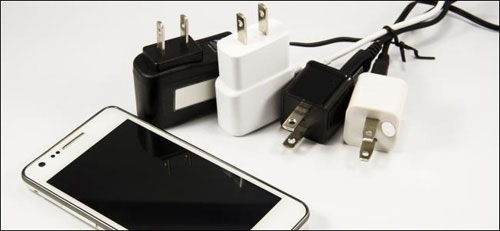
Types of charger
While chargers are gradually becoming standardized, there are a number of different charging standards in use in the market.
Laptop charger: Unfortunately, there is no one charger that is considered standard for laptops. Therefore, you will need a charger designed specifically for your laptop. The ports are not standardized, so it won't happen that you accidentally plugged the charger into another laptop.
Apple Lightning connector: Apple has now standardized the Lightning connector for its devices. Lightning connector was introduced by Apple in 2012. Thus, the iPhone, iPad, iPod Touch, iPad Nano devices - all kinds of new Apple devices use Lightning connection port and can connect to any Any Lightning charger period is certified or developed by Apple. Older devices use Apple's 30-pin connector. Apple also produces connectors that allow you to connect new devices using Lightning connectivity to older chargers using a 30-pin connector.
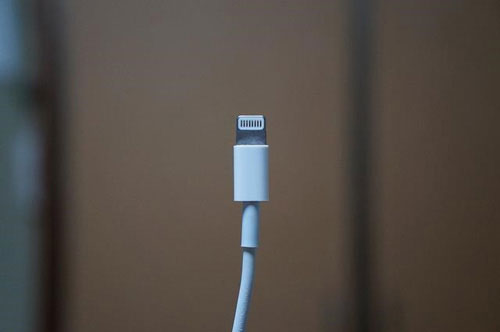
Micro-USB charger: Most smartphones - including Android, Windows Phone and BlackBerry devices - and Android tablet use the standard Micro-USB connector. They replace the exclusive charger that old phones used. In order to still comply with the regulations of a common charger for smartphones of the European Union, Apple launched the Lightning-to-Micro-USB adapter. Note that the iPad charger will have a higher current intensity than the iPhone charger.
USB Type-C charger: This is a new standard connection that is universal and widely used on technology devices especially smartphones, and basically, it was developed from Micro-USB.USB Type-C (usually just called 'USB-C') is a connector that can be connected without worrying the opposite way as on the Micro-USB, along with the much higher transmitted data throughput, as well as support for trendy fast charging technology.With its advantages, USB Type-C began to appear as a standard charging solution on many mobile devices, even laptops.
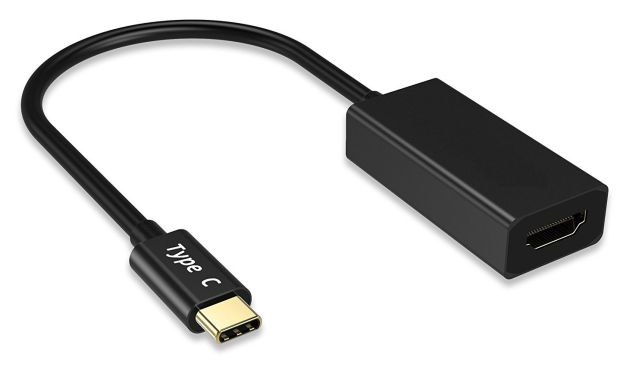
Learn about voltage, amperage and power
To learn about the compatibility of chargers, you first need to understand how they work at least at the basic level.
There are many ways to understand concepts such as voltage, amperage and power, but we will use the most common metaphor, think about these quantities as a stream of water flowing through a pipeline.In that case:
- Voltage (V) is water pressure.
- Current intensity (A) is the volume of water flowing through the pipe.
- Power (W) is the ratio of water output, found by multiplying the voltage by the intensity of the current.
Pretty simple, isn't it?Back to the main problem, most mobile phone chargers (not charging fast) are usually in two types: 5V / 1A and 5V / 2.1A.Small chargers are designed for smartphones and larger chargers for tablets.Any phone charger can be used with other phones and similarly most tablet chargers can work on other tablets, provided they are shared. connection port (the same example is Micro-USB port).All Micro-USB chargers are designed with 5V voltages, so you never really have to worry about accidentally plugging your phone into a charger with too high a voltage.However, if you connect the smartphone charger to a tablet, the tablet may charge very slowly because the charger does not provide as much A as the tablet's charger.
If you connect the charger of your tablet to a smartphone, nothing will explode or burn.The smartphone may not receive the maximum A number the charger provides, but they are fine.The smartphone will probably be charged a little faster (we'll learn more about this later).
But with modern technology like now, everything will become much more complicated.The batteries put on smartphones are getting bigger and bigger, so new Qualcomm-like Quick Charge or Oppo's VOOC technologies are becoming a must-have on mid-range smartphones. above.In addition, formats like USB-C allow for better charging throughput, and chargers are also designed to be more complex than ever.If you are interested, you can easily find information about the output power of any fast charger that is printed on the charging casing.
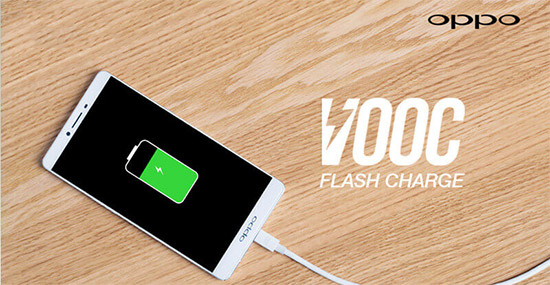
In short, with the old technology, you can use the general charger for mobile devices such as phones or tablets, provided they use the same type of connection.However, with fast charging technology, we must pay close attention, it is best to only use fast charging for devices that support this feature.If not, fast charging in this case is completely useless, but even the most explosive phenomenon of battery failure is very likely to occur.
Find out how a charger works
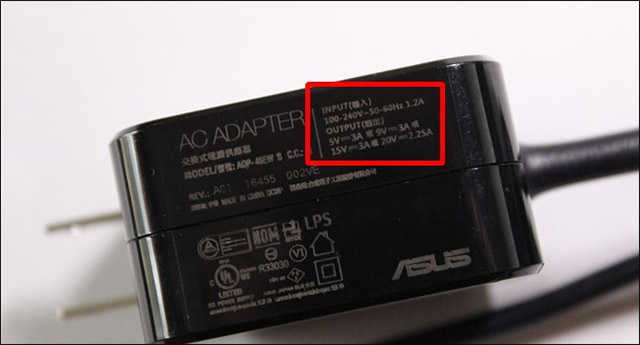
Suppose the phone you are using is using a 5V / 1A charger.This can be considered a 'slow' charger because most modern chargers are much faster.
Does that mean you won't be able to use a 5V / 2.1A charger or even a 9V / 2A charger (fast charging via USB-C)?Absolutely not!In fact, chargers with higher amperage will be able to charge your phone faster and still ensure safety.Basically, all modern batteries are built with an input power regulator chip, which will allow the input current they can handle, and in fact, the chargers also support This 'smart' feature, that's why you should always buy chargers of high quality brands instead of cheap ones.
Note: Rechargeable bulbs that support more than 5V will use the USB-C standard from start to finish, so it cannot be used with Micro-USB or Lightning cables.
This is also the reason why you can use a fast charger on an old smartphone that does not support fast charging technology, as it says both the charger and battery have the necessary protection to keep the power. Input power is controlled according to the manufacturer's calculations.In short, the phone will only charge at the rate it was designed.
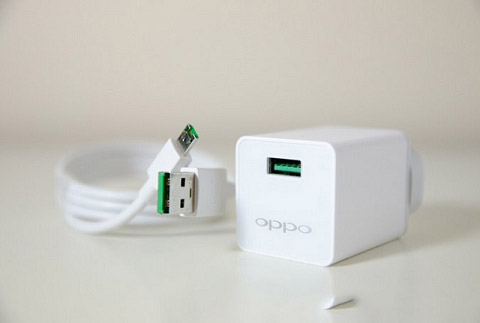
Talking about fast charging, this new technology has a lot of cool things.First of all, there are several fast charging methods from many different manufacturers, and especially they are not cross-compatible.This means that the phone of any company can only use its fast charger.For example, if you are using the Xiaomi Mi8 that supports Qualcomm's Quick Charge technology, you cannot use the fast charging technology VOOC from the charger on your brother's Oppo Find X.However, it is only that different brands cannot use each other's fast charging technology, but the traditional slow charging is okay (this will soon be changed, but for now, we're still stuck with Many different standards of manufacturers.
summary
So in short, can we use chargers together?
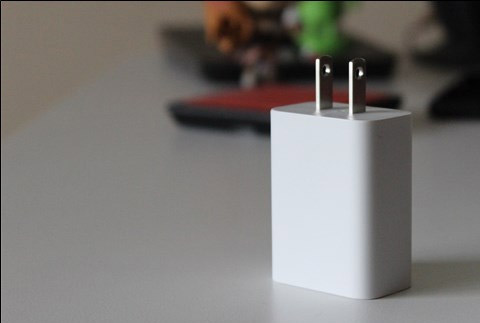
The short answer is: Maybe, but there are certain exceptions.
For example, suppose you are using an old 5V / 1A charger on electricity, a completely new smartphone.Charging time will certainly increase, because it will charge the device much slower than the charger that came with the phone.Most modern smartphones come with much faster chargers.
Can we use the Android charger to charge the iPhone?
Yes, you can use the adapter on your Android phone with the appropriate Ligntning cable (Apple's own USB cable) to charge your iPhone.Normally, no Android phone USB is compatible with iOS devices and vice versa.
But with laptops is another story.Laptops will often be equipped with exclusive charging ports for each company and model, so we should not in other words be able to use other carriers' chargers.But since USB-C was the first USB technology to allow high enough throughput and it was brought to the laptop to replace traditional proprietary charging ports, you could have a laptop Charge via USB port and use the same charger with other devices.So with that in mind, can you use the smartphone charger on your laptop and vice versa?
The answer is almost possible (because there are a few exceptions).A smartphone charger will give a very low power to a laptop, but it can still charge a laptop that is in standby mode, although this won't harm device, but you should also find out in advance if there are any exceptions.
On the other hand, you can definitely use the USB-C laptop charger to charge your smartphone.Again, the safeguards we said earlier will allow the charger and battery to say 'cooperate' with each other and automatically adjust the fastest charging speed allowed by default, very awesome!
Example: You can charge your ASUS Chromebook C302 with the Pixel 2 XL charger when at home and vice versa, use the C302 charger on Pixel when going out.Modern technology allows us to use technology utilities much more flexible.
You should read it
- How to Charge a Battery Without a Charger
- Power failure still surfs the face roaring thanks to homemade backup charger for Modem
- Electric car charger in just 5 minutes with new battery invention
- Instructions for making backup batteries from an orange, charging nearly 40% of the battery for iPhone
- Cause backup battery charger explodes, causes fire and prevention
- Samsung launches two new backup batteries and car chargers, supporting 'superfast' quick charging
 Defrag command in Windows
Defrag command in Windows Diskcomp command in Windows
Diskcomp command in Windows Qprocess (query process) command in Windows
Qprocess (query process) command in Windows Diskcopy command in Windows
Diskcopy command in Windows The quser (query user) command in Windows
The quser (query user) command in Windows Diskshadow command in Windows
Diskshadow command in Windows